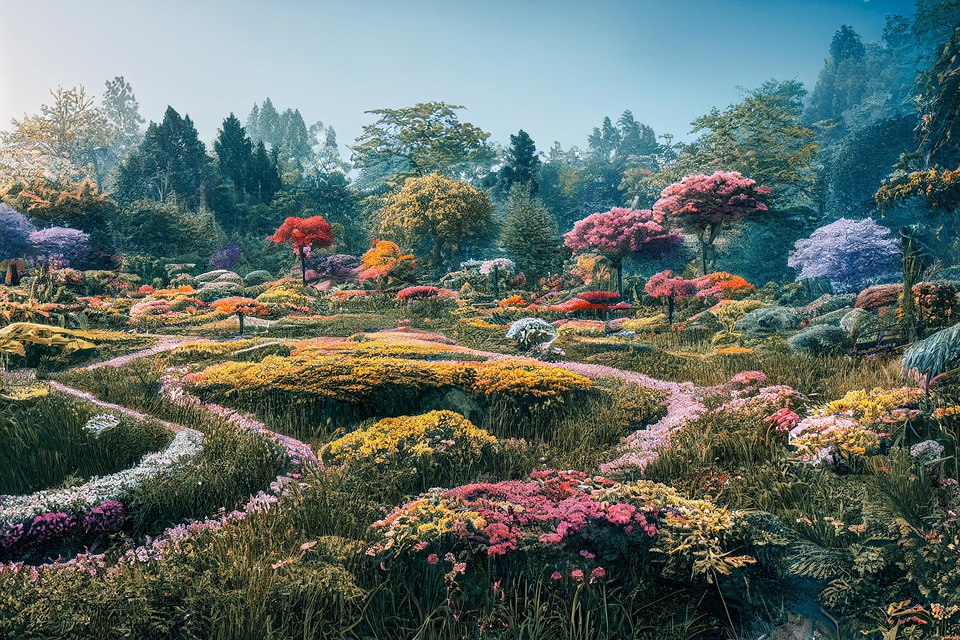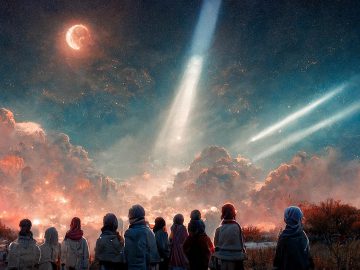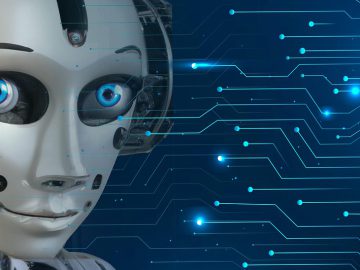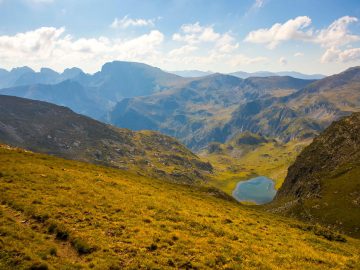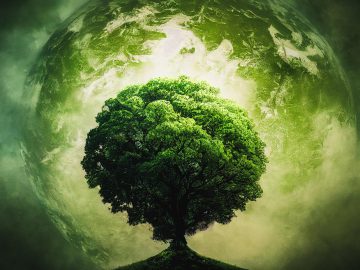OpenAI recently upgraded GPT-4o with enhanced image generation capabilities, sparking a wave of Ghibli-style creations on the internet. Whether you’re new to AI-generated images or have been using them for a while, here are five ways you can create Ghibli images.
If you’re like most of us, you probably use vague prompts when asking ChatGPT to generate images, which may often lead to the AI chatbot to create output that does not match the description in your mind.
However, generative AI chatbots like ChatGPT work better when they are fed specific instructions on how you want your image to look-like. To avoid this, you can try adding clear and specific instructions to your prompt that likely justify what you have on your mind.
Story continues below this ad
Before asking ChatGPT to generate an image, make sure to specify details about what it is and what you want in the background. Also, make sure to mention a certain art style, colour and rendering technique.
For example, when trying to generate a realistic image of a sunset you can use the below prompt:

“Create a hyper realistic image of the sunset in the ocean, with some birds in the horizon, and reflection on sea waters.”
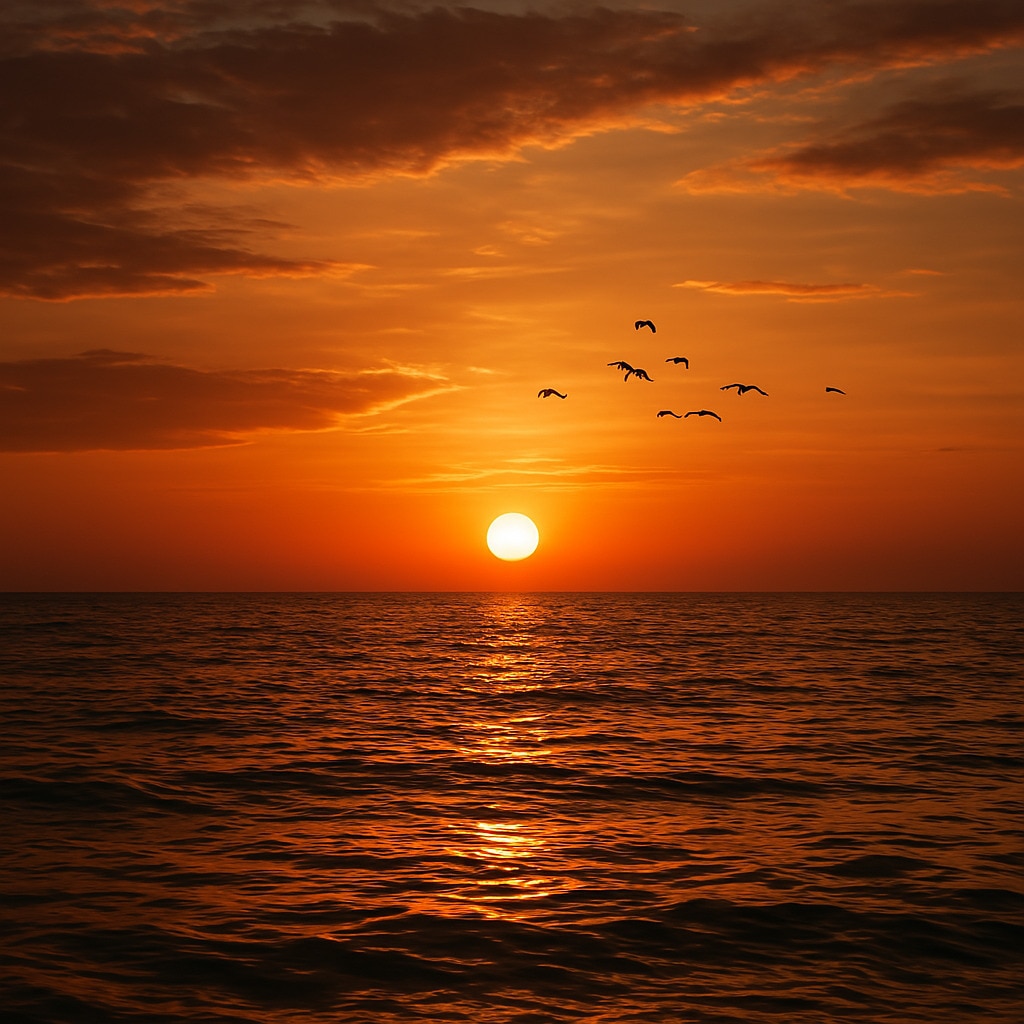 Here’s a realistic sunset generated by ChatGPT. (Image Source: OpenAI)
Here’s a realistic sunset generated by ChatGPT. (Image Source: OpenAI)
Try different art styles
Ghibli images are great, but sometimes the output may not be to your liking. If you think the image generated by ChatGPT doesn’t look like what you pictured in your mind, try changing the art style or aesthetic.
Story continues below this ad
Unlike humans, ChatGPT can easily generate images in different styles like voxel, lo-fi, rubber hose anime, anime, oil painting and more. You can easily look up more on the internet.
Example prompt: Create an image of a cat <insert style>.
For modifying existing images: Make this into a <insert style> image.
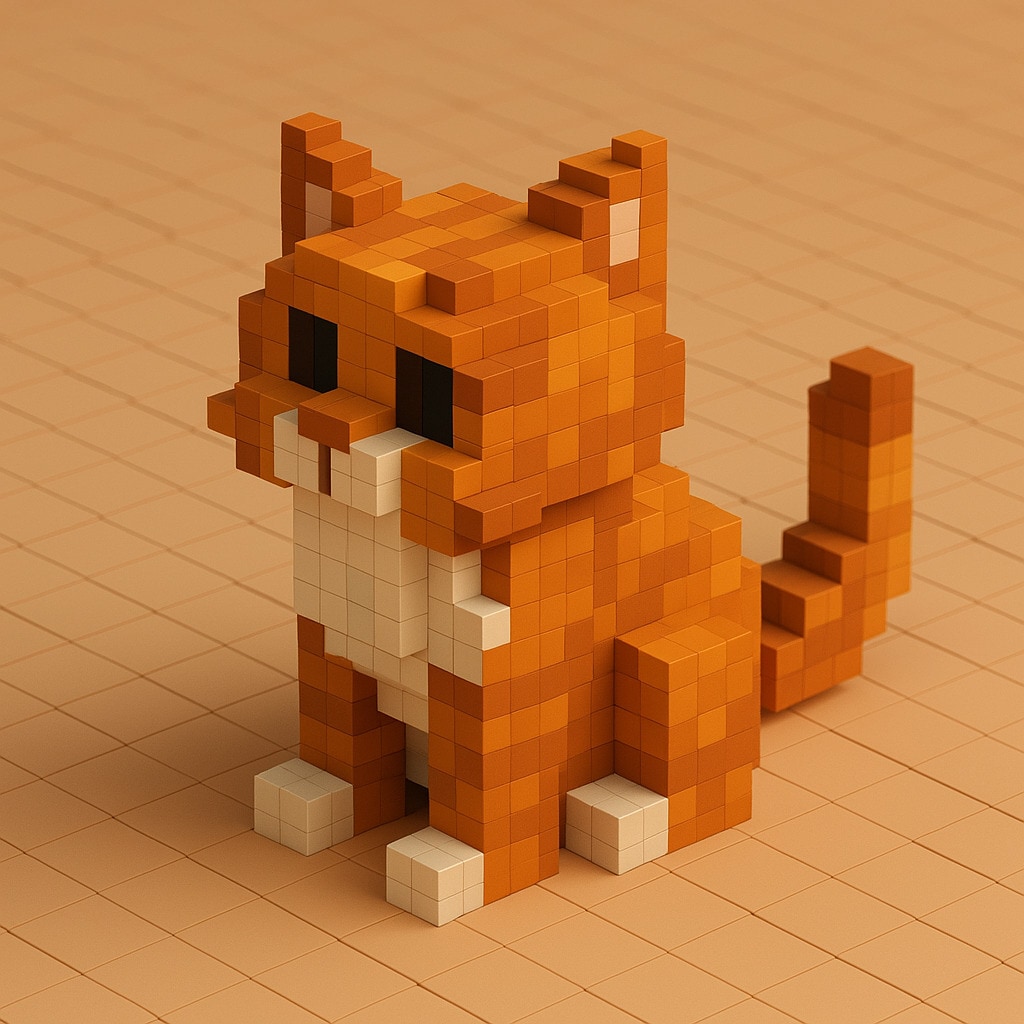 Prompt: Create an image of a cat in Voxel style. (Image: OpenAI)
Prompt: Create an image of a cat in Voxel style. (Image: OpenAI)
Edit generated images
Tried a specific prompt but still not getting the results you wanted? Try asking ChatGPT to edit certain parts of the images. For example, if the AI generated an image of a person with closed eyes but you wanted them to be open, you can just ask ChatGPT to modify the image and re-generate the image with eyes open. You can also ask the chatbot to add details like a building in the background and add more cats to your image.
Story continues below this ad
Fiddle around with aspect ratios
ChatGPT’s image generation capabilities are impressive, but the AI chatbot often generates square images. However, you can ask the chatbot to generate the image in aspect ratios like 16:9, 9:16, 1:1, 3:4, 4:5, 16:10, and more.
If you want to use the image as your mobile wallpaper, go with 9:16. For desktop backgrounds, you can either try 16:9 or 22:9 depending on whether you are using a normal or ultrawide monitor. For profile pictures, try generating images in 1:1 aspect ratio.
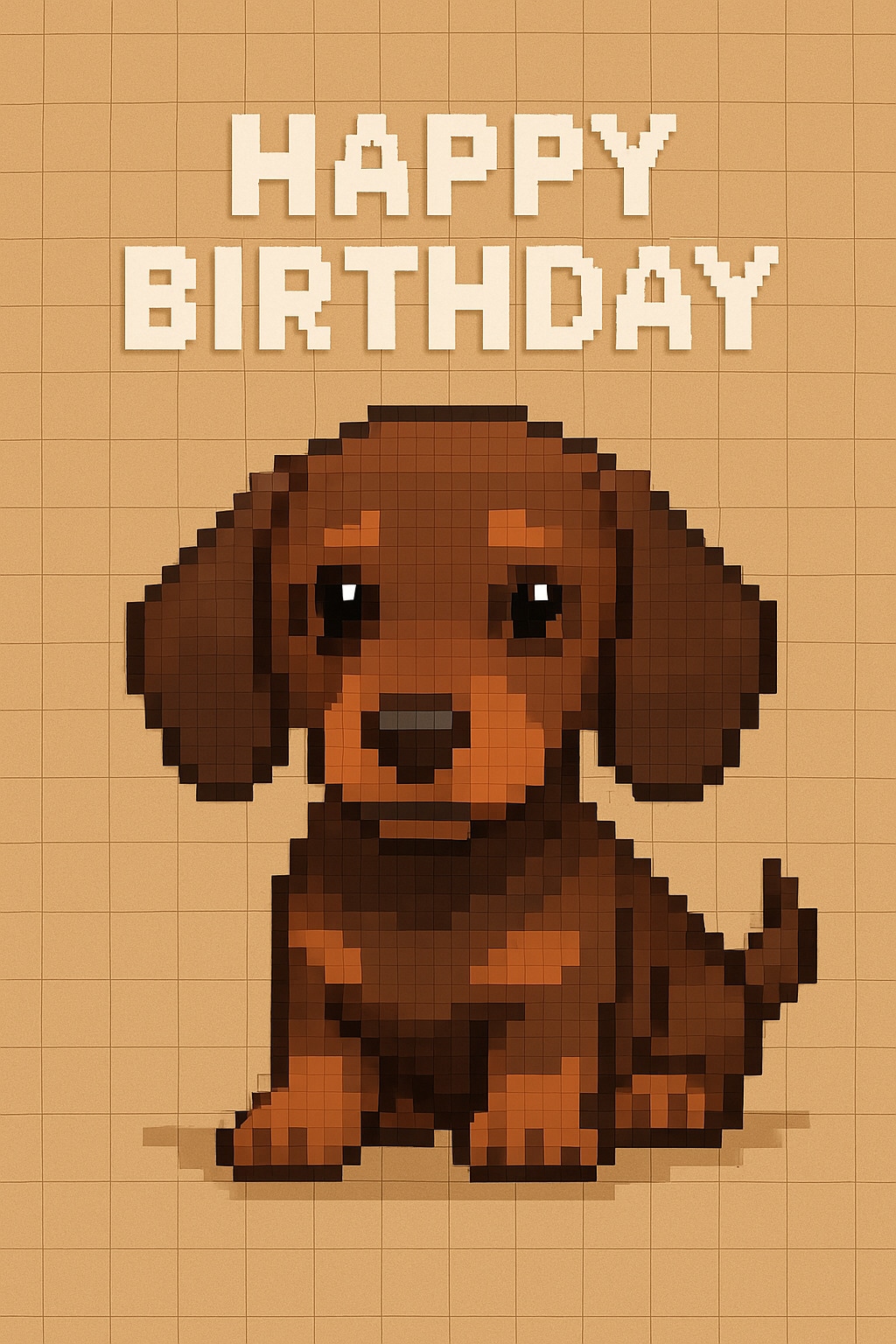 Prompt: Create an image a of dachshund puppy with text ‘Happy Birthday’ on top centre. (Image: OpenAI)
Prompt: Create an image a of dachshund puppy with text ‘Happy Birthday’ on top centre. (Image: OpenAI)
Add text to images
Most AI chatbots aren’t good at adding text to an image, and ChatGPT powered by GPT-4o is no exception. However, these chatbots can easily add small text phrases like ‘Happy Birthday’, ‘Get well soon’ and more.
The enhanced image-generation capability on ChatGPT, powered by GPT-4o, is available for Plus, Pro, Team, as well via API. Unlike DALL-E, the images created using the upgraded version do not have a visual watermark. ChatGPT Plus, the cheapest paid plan costs Rs 1,999 per month.
Story continues below this ad
Note: These image generation tips also apply to other chatbots like Copilot, Gemini. Grok and others.

